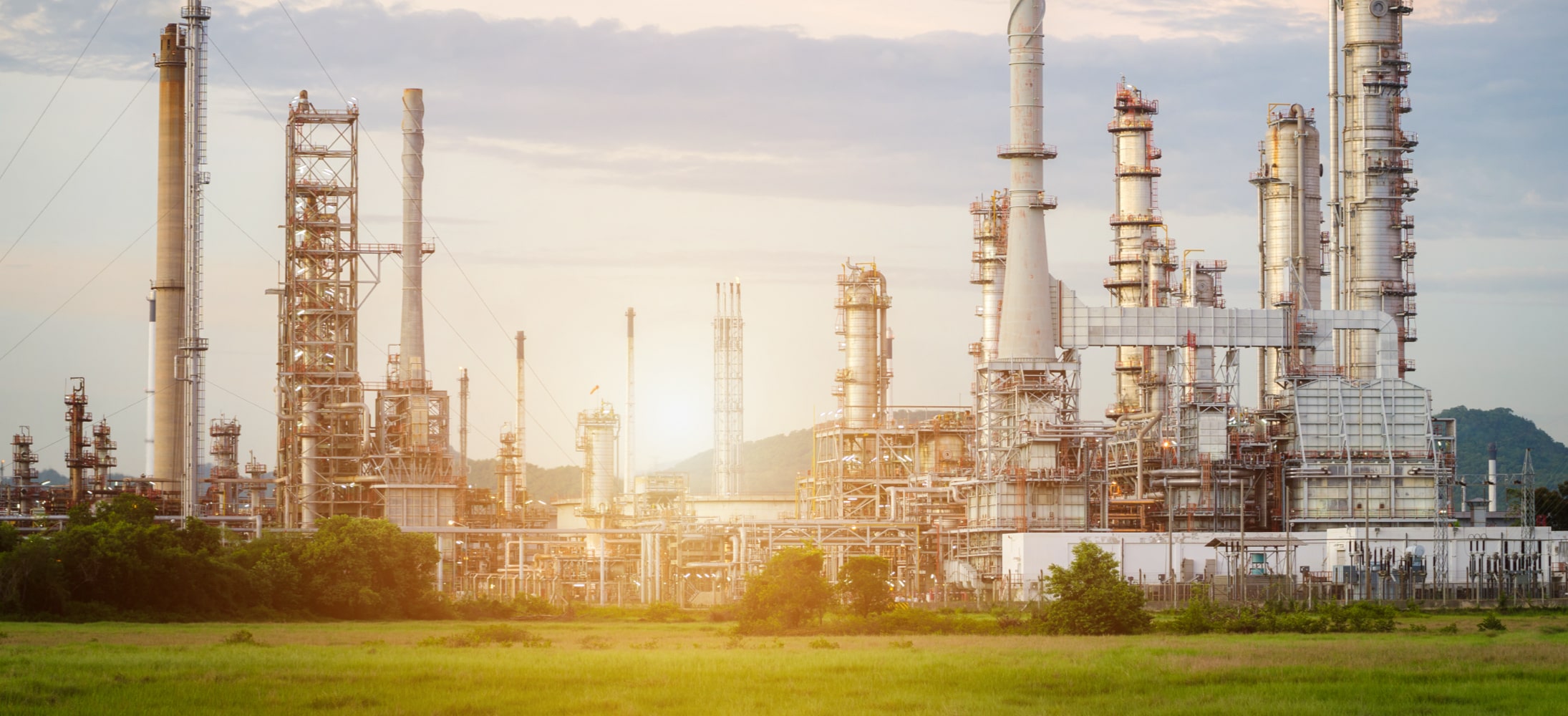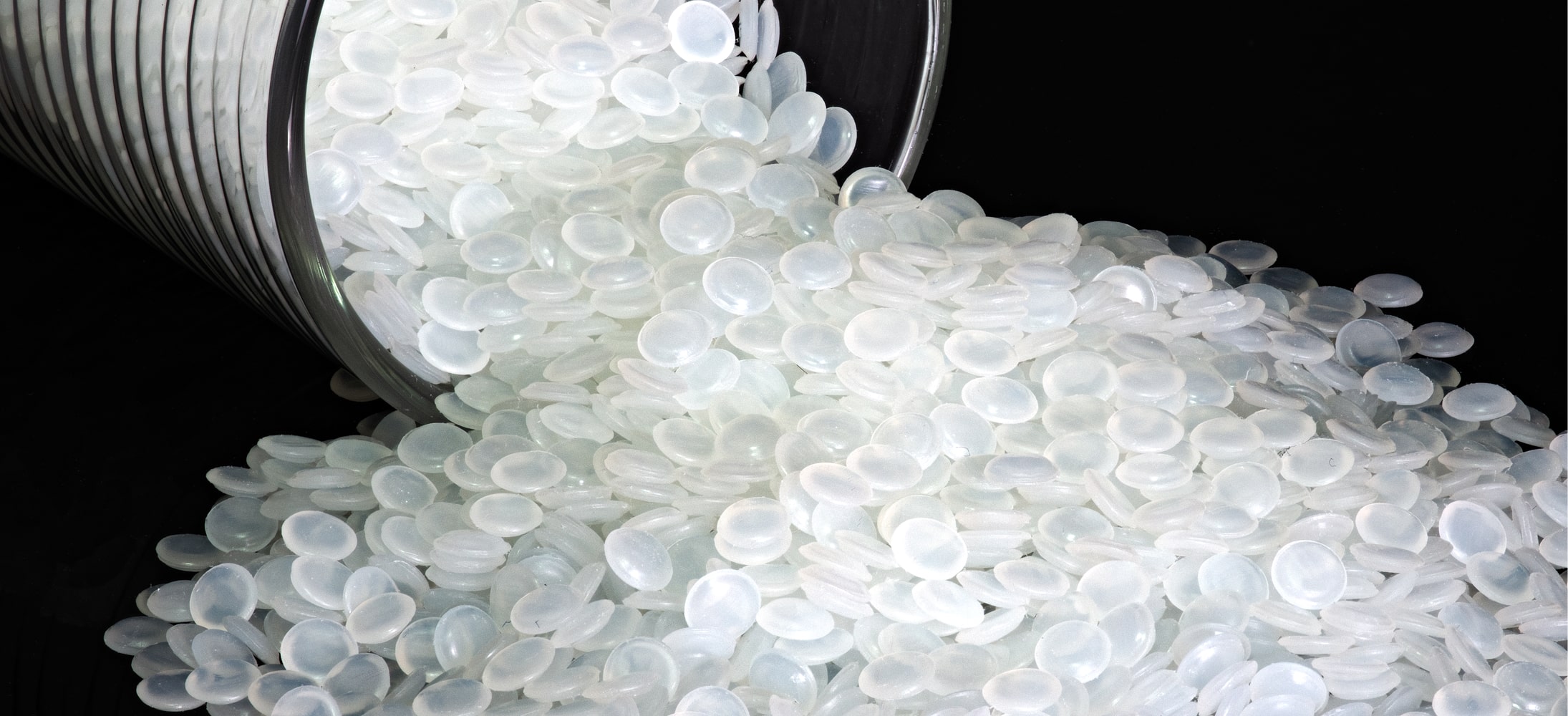International «Melamine 2013» Conference, organized by CREON ENERGY, was held at Hotel Baltschug Kempinski Moscow on November 15. The event was supported by Eurochem Company.
Opening the conference, Sandjar Turgunov, General Director of CREON Energy, said in his welcome address to the participants: «The first unit of melamine production in Russia has been launched at Nevinnomysskiy Azot plant with our ideological support. But we should not stay complacent, as more new melamine production capacities are needed to satisfy the market demand. Especially as Russia currently has all the conditions for successful launch and development of another melamine production: own natural gas, modern technology, increasing demand, as well as an operating production facility serving as an illustrative example. In addition, our country’s accession to the WTO removes all customs barriers for export flows to Europe, which will give access to more melamine markets for Russian companies. In the framework of the Customs Union, with the involvement of Ukraine, we are able to continue dialogue not only about the development of new production sites, but also about the shift of the European Centre of melamine production to Russia».
Ingo Rendel, Business Manager of Melamine Department at Borealis Agrolinz Melamine, conducted a speech devoted to the changes in the global melamine market. In 2013, global demand would reach 1.2 million tons, and 440 thousand tons would account to Europe. Historically, melamine demand is directly linked with GDP and economic indicators in the construction sector. Developed markets are growing slower than the markets in developing countries such as Russia, India, Turkey etc. About 80% of total melamine consumption is connected with woodworking market, so growth of production and consumption of these products stimulates an increase in melamine demand. Production of wood-based panels and laminates is gradually shifting from Western to Eastern Europe (mainly to Turkey, Russia and Poland, this is where new enterprises are opening). Accordingly, the demand for melamine in Eastern Europe also increases. By the year 2025, there will be a need in additional production capacities of 1,000 ktpa to meet the global demand, taking into consideration the closure of the plants that provide about 500 ktpa of melamine. Currently, China and the Middle East are leaders in melamine export, while Europe and the USA are the main importers.
Sandjar Turgunov asked about new melamine projects in the U.S., as this country has large reserves of affordable shale gas. Ingo Rendel said that currently the attention is focused on investments in production of ammonia and urea.
Andrey Dmitriev, Representative of Borealis Agrolinz Melamine in the CIS and Baltics, spoke about purchasing criteria for melamine. According to him, the company is conducting customer surveys every 2 years. In 2013, not only representatives of purchasing department of the clients participated, but also technicians were invited to the survey. About 30% of respondents said that their annual melamine consumption was 8 tons and more. As for the geography of client’s production sites, vast majority (42%) is located in the European Union. Next comes North America (13%) and the former Soviet Union (also 13%). According to Borealis, survey participants have an average of 2-3 production sites. 75% of consumers prefer to buy melamine directly and only 25% do it through traders. However, suppliers geography is changing, and hardly any client relies on a single supplier now. But with the appearance of non-European suppliers in the market, the importance of traders is increasing. Speaking about the main criteria for melamine procurement in 2013, Mr. Dmitriev noted that the quality of the product and its stability (this was pointed out by 42% of respondents) are an absolute priority for consumers. Punctuality and reliability of supplies are also among the important criteria.
Chen Duanyang, General Director of Melamine S&T, highlighted the situation in the Asian melamine market. There are 29 manufacturers of melamine in China (part of their capacities is under renovation, their total production volume in 2012 made 1,550 thousand tons. According to the forecast, production will reach 1,940 ktpa in the coming years. Capacity and finished production volume stood at 1,560 ktpa and 713 thousand tons respectively in 2012. In 2013, figures are expected to reach 1,850 ktpa and 800 thousand tons. Among Chinese melamine producers, GESC (Sichuan Golden-Elephant Sincerity Chemical) is holding the leading position. Melamine export from China amounted to 124 thousand tons in 2012, while in January-September 2013 only, it made 155 thousand tons, which indicates strong growth. The main recipient of Chinese export is Malaysia. As for application areas of melamine, the main are laminates (41%) and wood adhesives (28%). Speaking about the overall condition of melamine market in East and South Asia except China, Mr. Chen said that the aggregate capacity of all production sites is 167 ktpa, while the demand volume is 180 thousand tons, and imports are 120 thousand tons.
Viktor Kail, Executive Director of Nevinnomysskiy Azot plant (part of EuroChem), announced the results of the first year of melamine production unit operation. In 2007, EuroChem decided to construct first melamine unit in Russia. In 2008, the Company signed contracts with Lurgi on the detailed design and delivery of the unit, and in 2009 permission for construction was obtained, construction and installation works began. In 2012, the unit was launched. Over the year, design defect rectification and post-installation works were conducted, and setting for operating mode began. Expenditure on unit upgrading in that period made about 60 million rubles. To date, the facility is operated at 75% of nameplate capacity with the consistent high quality of the product. In 10 months of 2013, 22 thousand tons of melamine was produced. By the year end, it is planned to reach the volume of 28-29 thousand tons. Reaching the design capacity (50 ktpa) is the main challenge which depends on modernization of the crystallization unit. Modernization completion and reaching full capacity is scheduled for the beginning of 2014.
Mr. Kail noted that product shipment was designed for railroad transport, but in practice 90% of production is shipped by road. Taking this into consideration, the unloading area has been completely refitted in 2013. This gave an opportunity to unload 200 tons per day without road transport delays.
According to Natalia Oktay, Head of Basic Chemicals Sales Directorate at EuroChem, currently more than half of melamine production of Nevinnomysskiy Azot is supplied to domestic market (60-70% of total sales, the rest is exported). Preliminary export forecast for 2013 is 8-9 thousand tons, which mostly goes to Ukraine, and there were also trial supplies to Belarus. In addition, Mr. Kail noted that the largest consumers are foreign countries such as Italy, Turkey, Austria and Germany. In total, melamine is supplied to 18 countries, and the company is focusing on working with consumers directly. For instance, product quality is being constantly discussed with the customers; specific quality is agreed with almost every consumer. Construction project of additional melamine warehouse with a capacity of 1500 tons is being developed now in order to satisfy peaks of the clients demand and uninterrupted melamine supply. Estimated cost of the project is 10 million rubles.
What is the investment attractiveness that enables launching the melamine production project? Igor Esin, President of NIIK Company, shared his thoughts on the subject with the audience. Melamine is a valuable raw material for many environmentally friendly plastic compounds, varnishes, adhesives with high mechanical strength, resistant to heat and chemicals. Melamine consumption structure consists of 50% laminates, followed by adhesives and resins for wood. Noteworthy is the fact that new technical regulations on the safety of furniture production, limiting the formaldehyde content, become operational from July 1, 2014. Thus, there will be a transition to qualitatively new resins and as a result to the new technologies in furniture production. Also, new plants for production of particleboard and MDF (total capacity of about 4 million cub. m) are planned to be launched by 2015. This will lead to the increase in melamine consumption from 30 thousand tons in 2010 up to 100 thousand tons in 2020.
As for launching new melamine production facilities, currently it makes sense to upgrade urea units, concurrently integrating melamine units. When doing this, it is necessary and possible to minimize the negative impact on urea production, to increase the efficiency of synthesis and recycling units, to find individual solutions for a specific unit and to keep urea production volumes unchanged (if necessary). Optimal payback period for such integrated systems is 5-7 years, while the operational lifetime of the integrated production (including modernized urea unit) will be 30 years at least. Consequently, the feasibility of investing is apparent. NIIK believes that construction of such units is possible through partnership and co-investment that will allow owners of the plants to reduce risks. Making melamine production a separate field of business and establishing a joint venture is the best course of action for an existing production of ammonia and urea.
Representatives of Pöyry Management Consulting, Olli Oksanen, Head of Wood-Based Panels Business, and Alexey Beschastnov, Senior Consultant, presented a paper devoted to melamine consumption by wood industry in the world, Europe and Russia. In Europe, 75% of total melamine consumption belongs to facing materials. DVS is the leader in production of wood-based panels, but the OSB-plates segment shows the most active growth. In Asia, the share of coating materials in total consumption of melamine in woodboard sector is larger than 50%. In terms of product consumption in the region, China holds the first place.
Melamine consumption forecast for production of formaldehyde resins for Russian timber industry was presented by Alexander Shalashov, General Director of VNIIDREV. Production of wood-based panels in Russia is growing every year: output volume was 10.5 million cub. m in 2010, and is expected to reach 12.8 million cub. m in 2013. As for OSB-plates, production in our country began in 2013. Before that since 2001, the import of this product to Russia was growing every year. New plants for production of particleboard and MDF are being launched. Some of them have been started already, while some projects will be implemented by 2016. Taking into consideration such an active development of woodworking industry, we can predict melamine consumption growth by these enterprises. The Russian timber industry consumed 38 thousand tons of melamine in 2012; this figure will reach 55 thousand tons by 2015, and will stand between 78 and 95 thousand tons by 2020.
Viktor Prokofiev, Head of Procurement Department at Shatura Company, spoke about melamine use at furniture production facilities. The company is ranked 3 to 4 in melamine consumption in Russia. In 2012, Shatura continued using melamine produced by European manufacturers such as Borealis and OCI in its furniture production. There were also attempts to use melamine supplied by other manufacturers (including China and Qatar), but the test results were negative. However the situation has radically changed now with the launch of melamine production at Nevinnomysskiy Azot. Due to its high quality, domestic product fully meets the requirements of the company. Shatura plans to use up to 50% locally produced melamine in total volume of its consumption.
Concluding the conference, Fares Kilzie, Head of CREON ENERGY, said: «Despite all the market, technological and logistical complexities, the melamine project of EuroChem has proved that the Russian market is eager to consume locally manufactured products. The customer companies are ready to reconfigure equipment and formulation cycles, which demonstrates their confidence in the quality and reliability of the supplier. And this is a long-term pattern».




